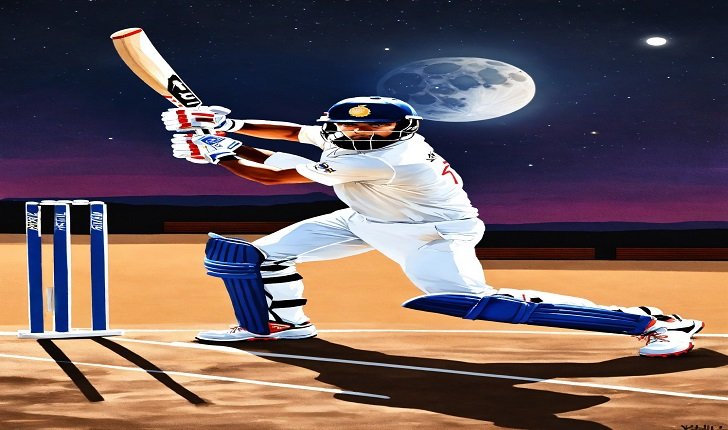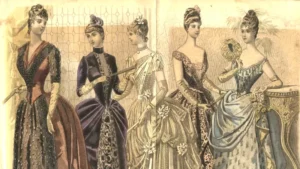Cricket Helmet For close fielders wicketkeepers, and batsmen, cricket helmets are vital safety equipment.They shield the face and head from possible injuries brought on by the cricket ball’s more than 150 km/h speed But not every cricket helmet is created equal.When purchasing a cricket helmet, there are a number of things to take into account, including the size shape, material, cushioning, ventilation, and grill. We’ll talk about selecting the best cricket helmet for your comfort and safety in this blog post.
Cricket Helmet Dimensions and Form
Cricket Helmet hen purchasing a cricket helmet the size and shape of your head should be taken into account initially.A helmet that fits comfortably and securely—not too tight or too loose—is what you want.Reduced visibility discomfort, and headaches can result from a too-tight helmet.Too-loose helmets have the potential to slide off reveal your face, or block your vision. Use a tape measure to measure the circumference of your head, just above your eyebrows and ears.The size of your helmet is indicated in millimeters.The majority of cricket helmets are available in 54–62 cm sizes while the exact dimensions may differ based on the manufacturer and model.Additionally, you can modify how your helmet fits.
Composition and Mass
The cricket helmet’s weight and material have an impact on its strength, comfort, and durability.The most popular materials for cricket helmets are titanium, carbon fibre, fibreglass, and plastic. The least expensive and lightest helmets are made of plastic, but they are also the least protective and long-lasting. Although fibreglass helmets cost more and weigh more, they are more durable and resilient. The toughest and most sophisticated helmets are made of carbon fibre, which also happens to be the most expensive and lightest. Carbon fibre and titanium helmets are comparable, while titanium is a little more expensive. The padding, grill, and material all affect the helmet’s weight. A cricket helmet typically weighs 800 grammes, though it can range from 600 to 1 kilogramme. A helmet’s comfort and ease of use increase with its weight. Nonetheless, the helmet’s weight shouldn’t degrade its quality or level of protection. A helmet that strikes a decent balance between performance and weight is what you should be looking for.
Grill and shade
The portions of the cricket helmet that shield your face and eyes are the grill and visor. They shield you from the dust and sun glare, as well as from the ball’s impact. The cricket helmet’s visor and grill should be sturdy, visible, and adjustable. Steel and titanium grills are the most popular varieties. Although steel grills are more accessible and less expensive, they are also heavier and more prone to rust. Although titanium grills are more costly and uncommon, they are also lighter and more resilient. The openings in the grill should be just wide enough to let the ball pass through, yet still allow you to see the ball properly. Additionally, the grill needs to be movable, allowing you to position it higher or lower to suit your comfort level. The portion of the cricket helmet that shields your eyes and forehead is called the visor. It may be removable or fixed. The helmet has a fixed visor that is affixed and cannot be taken off. Velcro or clips can be used to attach or remove a detachable visor from the helmet. A detachable visor has the benefit of being adjustable based on illumination and weather. For overcast or dark days, you can use a clear visor; on sunny or bright days, use a tinted visor.The visor shouldn’t distort or impede your vision; instead, it should be clear and resistant to scratches.
Ventilation and padding
The components of the cricket helmet that offer comfort and breathability are the cushioning and ventilation.The cushioning that lines the inside of the cricket helmet is called padding.It keeps your head from rubbing or chafing lessens the strain on it and absorbs the shock of the ball. The cricket helmet’s padding must be plush, substantial, and detachable. Soft cushioning is more skin-friendly and comfy.More protective and supportive is thicker cushioning. Removable cushioning is easier to clean and more hygienic.A helmet with cushioning on the sides, top, back, and front is what you should be looking for.The airflow that passes through the cricket helmet is known as ventilation.It keeps you from overheating lowers perspiration, and cools you down.The cricket helmet’s vents and perforations provide airflow for the wearer.The greater the number of holes or vents in the helmet, the better its ventilation.The strength or protection of the helmet shouldn’t be jeopardised by the vents or holes, though.A helmet with just the right amount of ventilation will keep you from being too exposed to the wind or the ball.
Brand and Cost
The two things that indicate the worth and reputation of the cricket helmet are its brand and price.The name of the company that makes or sells the cricket helmet is its brand.The cricket helmet’s brand can reveal information about its popularity, dependability, and quality.The most reputable and well-known brands of cricket helmets are Slazenger, GM, Masuri, Shrey, Grey-Nicolls, and Kookaburra.These companies have a devoted following and a solid reputation because they have been making and marketing cricket helmets for a long time. Still, there are other companies like DSC, SG, Optimus, and Spanco that provide reasonably priced, high-quality cricket helmets. Before purchasing a cricket helmet, you should conduct some research and evaluate the features and customer feedback of several models.The amount of money required to purchase a cricket helmet is known as its price.The cricket helmet’s cost can range from several hundred to several thousand rupees, contingent upon the helmet’s material composition, grill, padding, ventilation, brand, and model. Generally speaking, a helmet’s features and benefits increase in price.That being said, you shouldn’t base your decision just on the helmet’s price. Along with these factors, you should think about your needs, preferences, and budget.Search for a helmet that fits your comfort and safety requirements and provides the most value for your money.
Conclusion
Wearing a cricket helmet is essential for both your comfort and safety when playing the game.They shield your face and head from potential harm from the cricket ball which may travel quickly and inflict severe injuries But not every cricket helmet is created equal.When purchasing a cricket helmet.there are a number of things to take into account, including the size, shape, material, cushioning, ventilation, and grill.Along with comparing the features and evaluations of various helmets, you should also take the brand and cost of the item into account.Look for a helmet that fits properly provides good protection and is comfortable.Additionally you ought to take good care of your helmet and replace it when it becomes worn out or broken.You can play cricket fearlessly and worry-free by selecting the appropriate cricket helmet.
FAQ
A list of commonly asked questions and their responses or FAQ.gives readers more details and clarification.An excellent FAQ should answer readers common questions uncertainties and concerns.A potential FAQ for the blog article is as follows:
How often should my cricket helmet be replaced?
Your cricket helmet should be replaced every two to three years or sooner if it becomes worn out or broken.Additionally you should routinely inspect your helmet for any dents, cracks or loose pieces and replace them as soon as you find them.
How should my cricket helmet be cleaned?
Your cricket helmet needs to be cleaned either once a week or after each use.After removing the grill and padding give them a quick wash in warm water and mild soap.The helmet shell should be cleaned with a moist cloth and then gently dried with a towel.Any abrasive or strong chemicals should be avoided, as they can cause harm to the helmet.
What advantages does donning a cricket helmet offer?
There are several advantages to wearing a cricket helmet, including: preventing injuries to the head and face, including fractures, cuts, bruising, and eye damage.increasing your self-assurance and output since you’ll be able to concentrate on the game without being distracted or afraid.enhancing your appearance and sense of style because you can select a helmet that complements your preferred colour scheme and team colours.





















